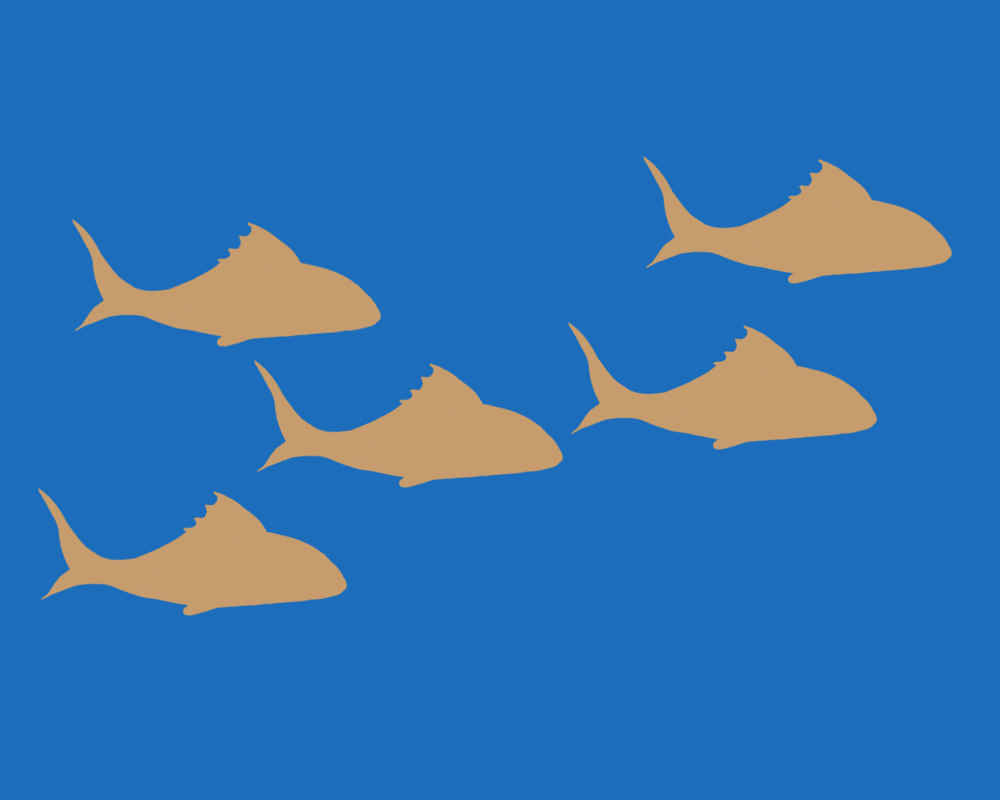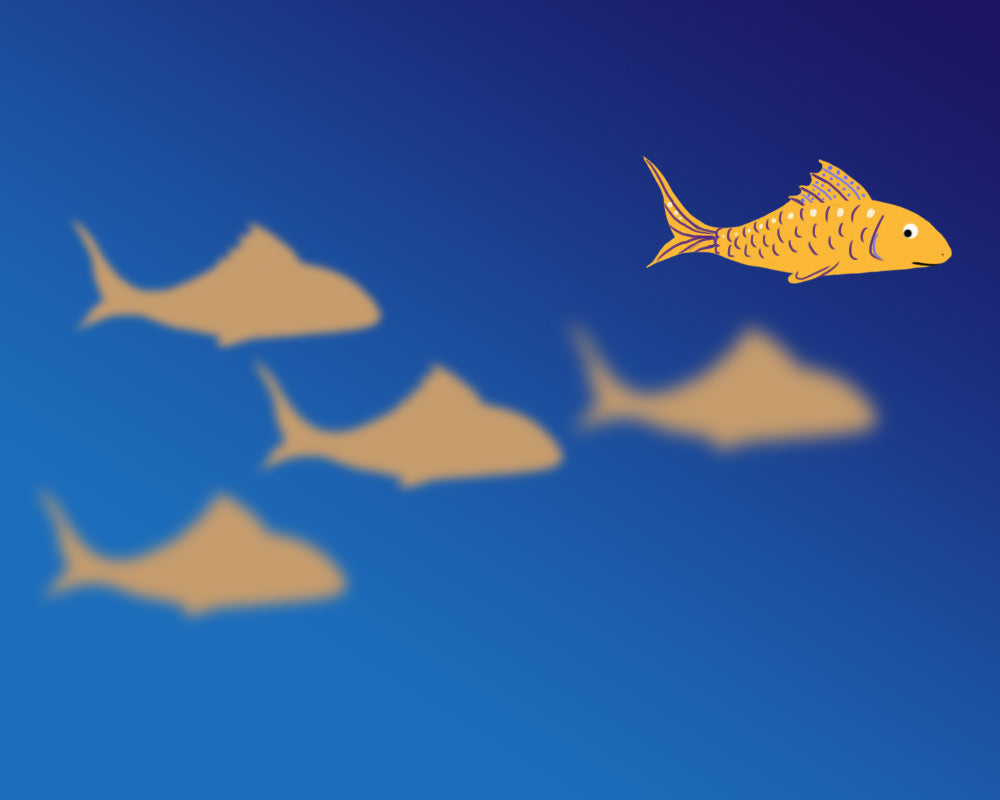An exercise in directing the viewer’s eye and how to use lighting detail to provide a focal point.
Artists use contrast, value, color, and detail to lead viewers into and around their imagery.
People ultimately focus at places that contain the highest degree of contrast, the most saturated or warmest colors and the greatest amount of detail. When these occur in the same location, a singular focal point is identified and whatever emotion the image projects is amplified. When these are located in different places, the eye wanders and enjoys the image more randomly – or is confused because there’s nothing specific to look at.
Detail can be used alone or with other artistic elements to direct vision in imagery. Painters develop paintings using big brushes and big strokes to block things in, medium sized brushes to shape and define, and small brushes to apply details, decorations, and other finishing touches.
Photographic artists start with a full image and use global adjustments, targeted adjustments, and finally hand applied details to enhance contrast, color and value flow and bring emphasis into the focal points.
Detail is perceived in two ways: edge definition and collections of small pieces. Let’s consider the following illustration:

This image does not beckon the eye to look anywhere in particular. There is uniform contrast, uniform color, and uniform detail. So viewers just wander around looking at one fish, then the other, maybe the blueness of the water, then the gold of the fish. Notice that the fish continue to draw your attention. It is because they are a warmer color than the water, plus their shapes are more detailed. Because they are exact copies of each other, they all draw equal attention.
Look what happens when one fish has sharper edge definition than the others:

Now we have a focal point, the fish with the sharpest edges. Our vision is being guided by detail. This means that an artist can enhance focal points by providing sharper edge definition in the focal point area. Painters do this by not blending the edges of their paint. Retouching artists do it by diffusing other areas of the image and also by painting sharper edge definition in focal points. (Some people enhance the edges with sharpening filters, but it tends to look gritty. I recommend using small brushes to paint in what you want to see, exactly where you want it.)
In the event that the artist prefers everything to be sharply defined, interest can still be directed by adding more pieces in the focal point area.

In this image, the focal point has been moved to a different fish just by adding more details, or things to look at.
We can further enhance this focal point by adding Contrast/Value and Color/Saturation/Warmth to this area of the image:

And even more if we soften the edges of the other fish:

In what order do you see the fish? Most people will see the detailed fish first, and then the others in order according to the sharpness of edges and the contrast of values between the fish and the background color.
Let’s mix it up and see how we view this image:

Now there are many things to look at but nothing particular to catch the eye. It’s a mixed message and one can’t look at anything without something else asking for attention. There is no place for the eye to rest.
Putting this together in a practical sense means that almost all great paintings and photographs happen by design, not by accident. It also means that during the creation process, artists have to manage these elements to keep the image under control while allowing for freedom of movement and expression. I believe that the best pieces are the ones where the artist has been able to perfectly balance spontaneous expression with technical control.
It’s a tough thing to do because it’s a journey within oneself. One can study and learn the technical aspects of art but putting them into action requires practice and patience. Even experienced artists create pieces that are either too controlled or too spontaneous, and most of them keep a handful of their works in their minds as being the ones they are the most proud of. Every creation of art contains a lesson. When the going gets tough, that’s where the lesson begins. Working through the hard part using the technical and artistic knowledge one has learned to date gives the artist new experience and knowledge to put to work on the next creative piece.

Ask yourself questions: “What’s wrong here? What’s drawing my attention the most? Where is the highest degree of contrast? Where are the most details? Is it a color that is distracting me? What needs to be added? What can I do to bring more attention here, less attention there? Is it the shape that’s off?” Resist saying to yourself, “I don’t know what’s wrong. Why did I even start this? This looks terrible.” Start asking “Why? What’s wrong? Where?” Work your way through it. Even if it’s not a masterpiece by the time you finish, you will have satisfaction that you did it! You did your best and you learned something.
Art is a lot like life, wherever you put most of your attention is where people will look.
Many thank you’s to Breathing Color for giving me this venue to share some of the things great artists have taught me and some of my own creative journey with you.

Jane Conner-ziser is an award winning photographer, digital artist, premier educator and independent consultant. With over 25 years of experience, 19 of them in digital imaging and evolving technologies, the techniques Jane developed for facial retouching and enhancement and portrait painting from photographs are widely emulated by photographers and digital artists worldwide through her classes, online training and educational products.


